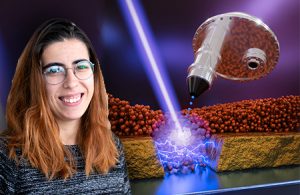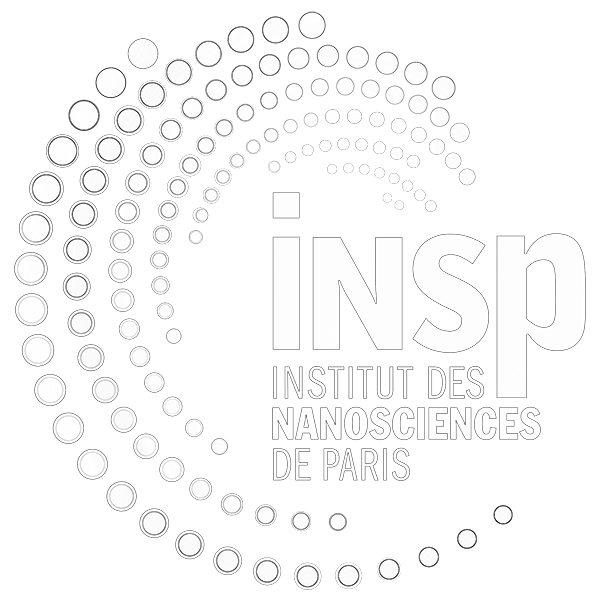Amphi Herpin, Bâtiment Esclangon
Mariarosa Cavallo, doctorante dans l’équipe Physico-chimie et dynamique des surfaces.
 Contrôle et imagerie du profil énergétique dans les dispositifs à base de nanocristaux pour la photodétection infrarouge
Contrôle et imagerie du profil énergétique dans les dispositifs à base de nanocristaux pour la photodétection infrarouge
Control and Imaging of the Energy Landscape in Nanocrystal-based Devices for Infrared Photodetection
Résumé
Les nanocristaux colloïdaux présentent des propriétés optiques et électroniques accordables grâce au confinement quantique. Les nanocristaux semiconducteurs à faible bande interdite de tellurure de mercure (HgTe), offrent une accordabilité des propriétés optiques couvrant l’ensemble du spectre infrarouge. Ces nanocristaux peuvent être intégrés dans des films minces pour créer des photodétecteurs infrarouges, avec des applications potentielles dans des caméras infrarouges. La connaissance de la structure électronique de ces matériaux est cruciale pour permettre un design rationnel. Cependant, la plupart des études reposent sur des techniques qui négligent l’environnement réel du dispositif. Dans ce travail, j’ai utilisé la microscopie de photoémission pour cartographier, in operando, le profil énergétique des dispositifs à base de nanocristaux. Cette méthode donne un accès aux propriétés électroniques dans des conditions de fonctionnement. Parallèlement, j’ai développé une stratégie pour contrôler la densité de porteurs dans les films de nanocristaux en les couplant à des matériaux ferroélectriques en tirant parti de leur polarisation résiduelle inhérente. Cette approche a permis la formation de jonctions p-n induites par la ferroélectricité dans le canal du dispositif. Cette stratégie génère une photodiode planaire sans avoir besoin d’appliquer une tension de grille.
Abstract
Colloidal nanocrystals exhibit size tunable optical and electronic properties thanks to quantum confinement. Mercury telluride (HgTe) narrow band gap nanocrystals, offer a unique tunability of optical properties covering the entire infrared spectrum. These nanocrystals can be integrated into thin films to create infrared photodetectors, with potential applications for cost-effective infrared cameras. Knowledge of the electronic structure of these materials is crucial for rational device design. However, most studies rely on techniques that neglect the actual device environment. In this work, I used scanning photoemission microscopy to map the energy landscape of nanocrystal-based devices in operando, providing direct insights into their electronic properties under operating conditions. In parallel, I developed an alternative strategy to control carrier density in nanocrystal films by coupling them to ferroelectric materials, taking advantage of their inherent remnant polarization. This approach enabled the formation of ferroelectric-induced p-n junctions within the device channel, allowing for planar photodiode operation without gate.
Jury
- Luca PERFETTI (École Polytechnique, Palaiseau) – Rapporteur
- Vincent DERYCKE (CEA Paris-Saclay) – Rapporteur
- Abhay SHUKLA (IMPMC, Paris) – Examinateur
- Philip SCHULZ (IPVF, Palaiseau) – Examinateur
- Debora PIERUCCI (INSP, Paris) – Examinatrice
- Jean-Pascal RUEFF (Synchrotron SOLEIL) – Invité
- Andrey ROGACH (CityUHK, Hong Kong) – Invité
- Emmanuel LHUILLIER (INSP, Paris) – Directeur de thèse

